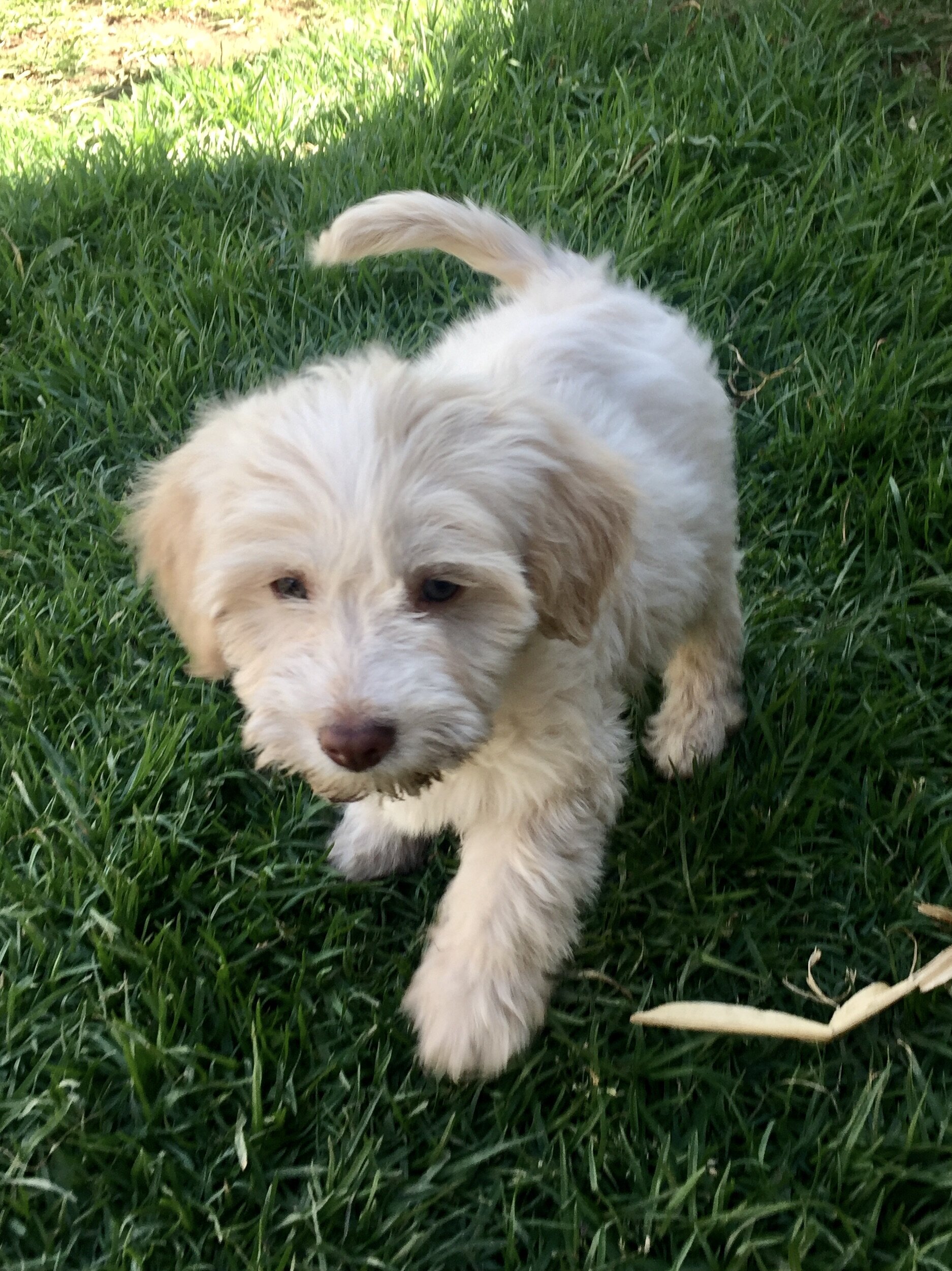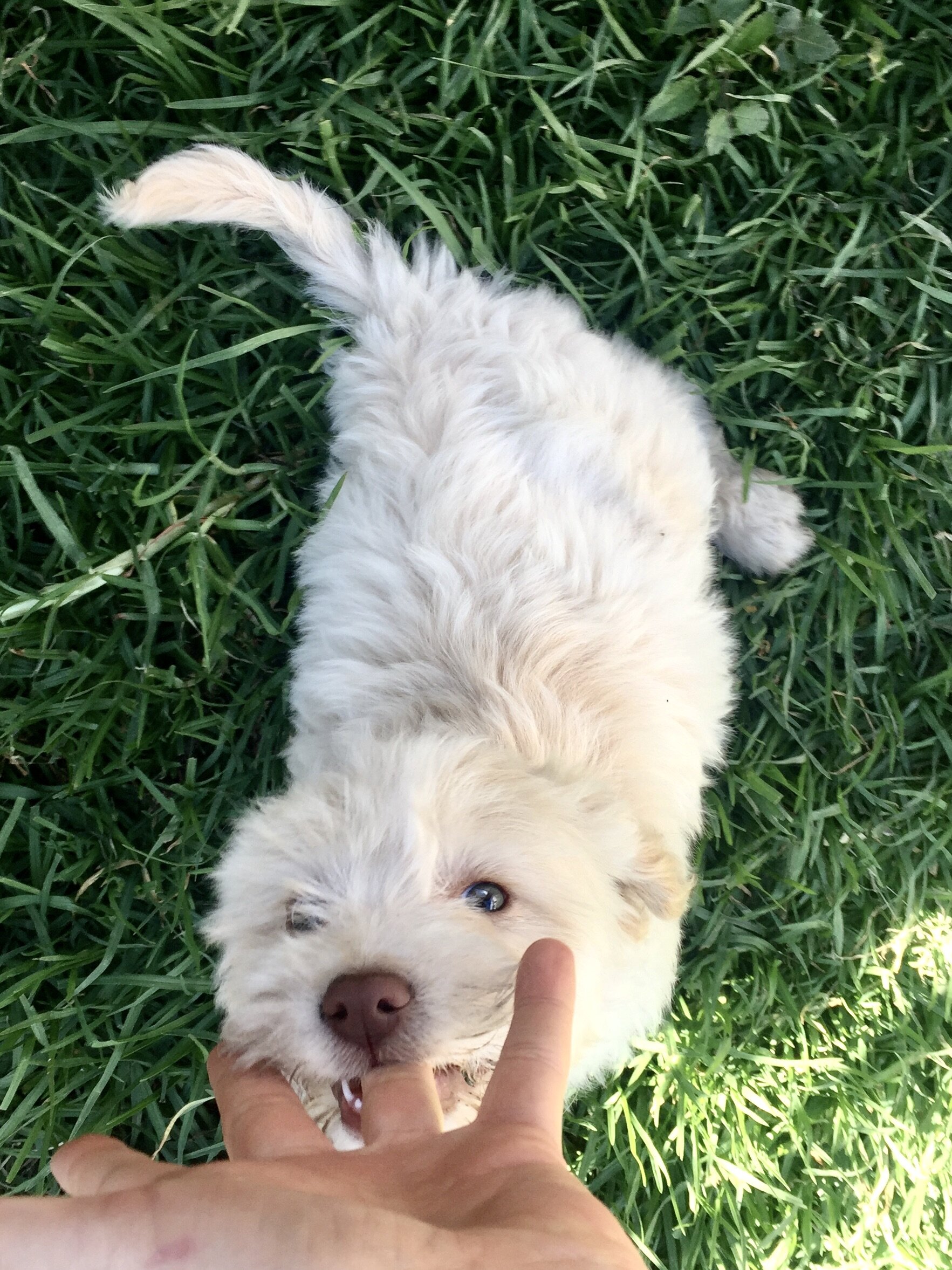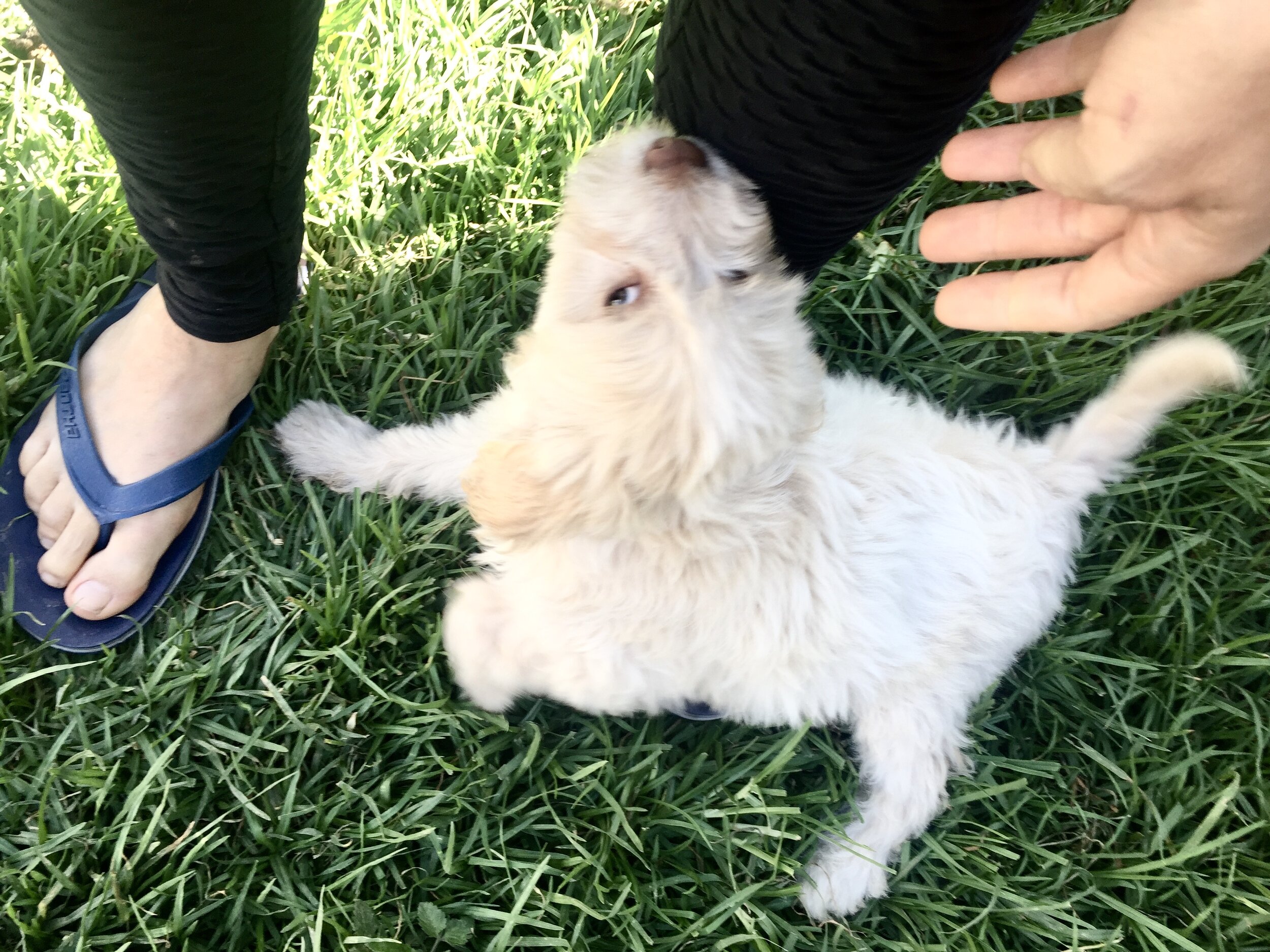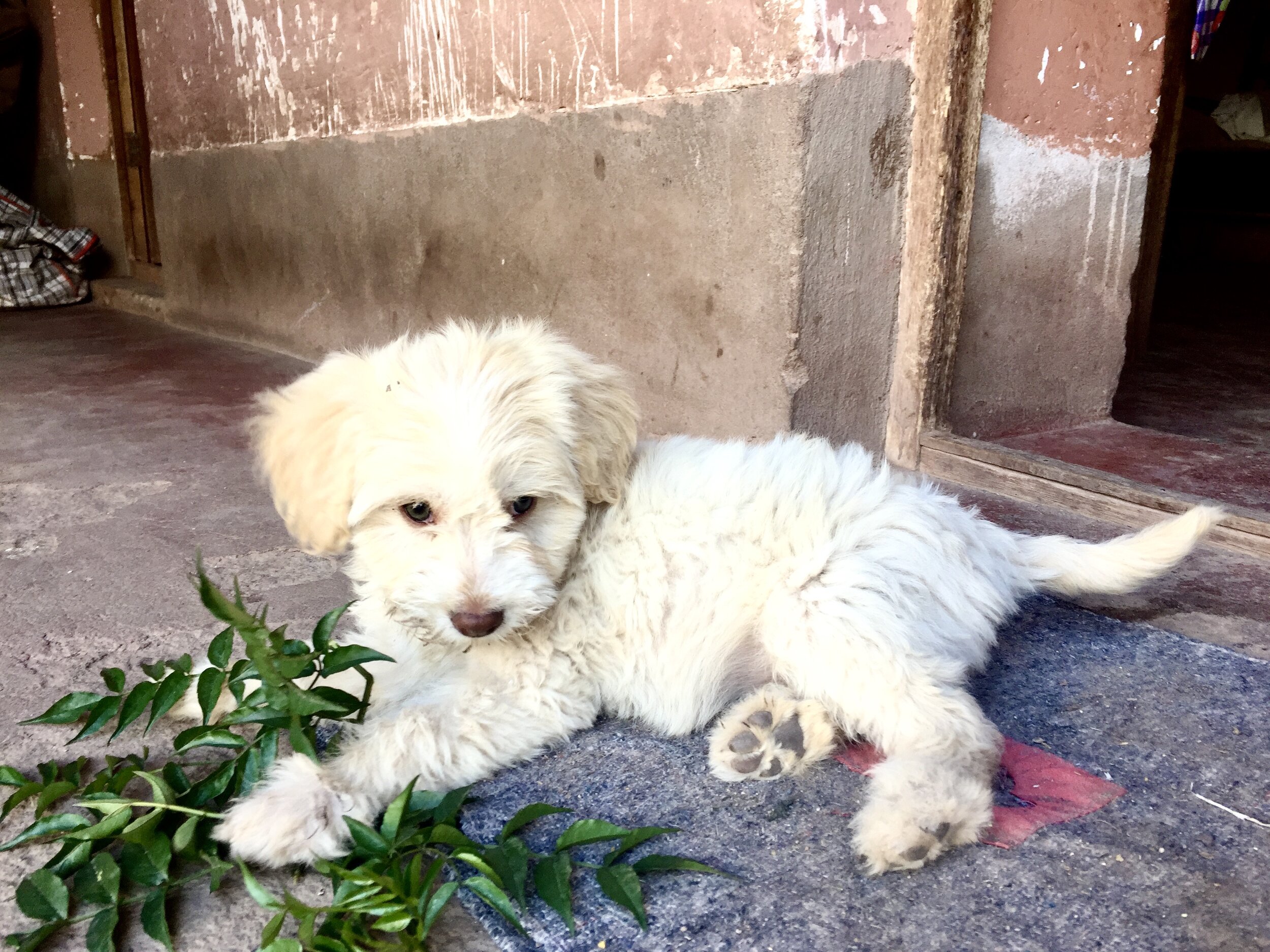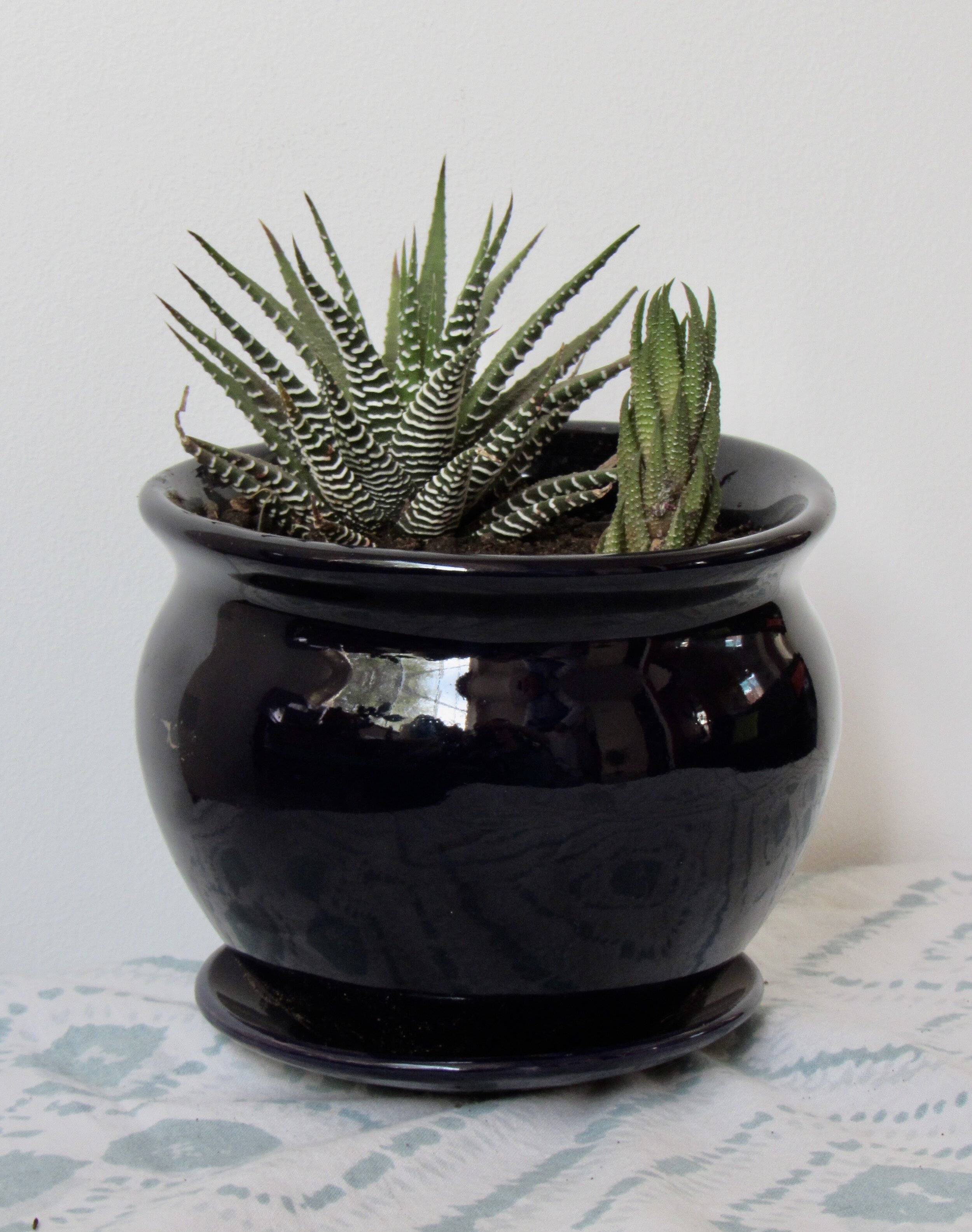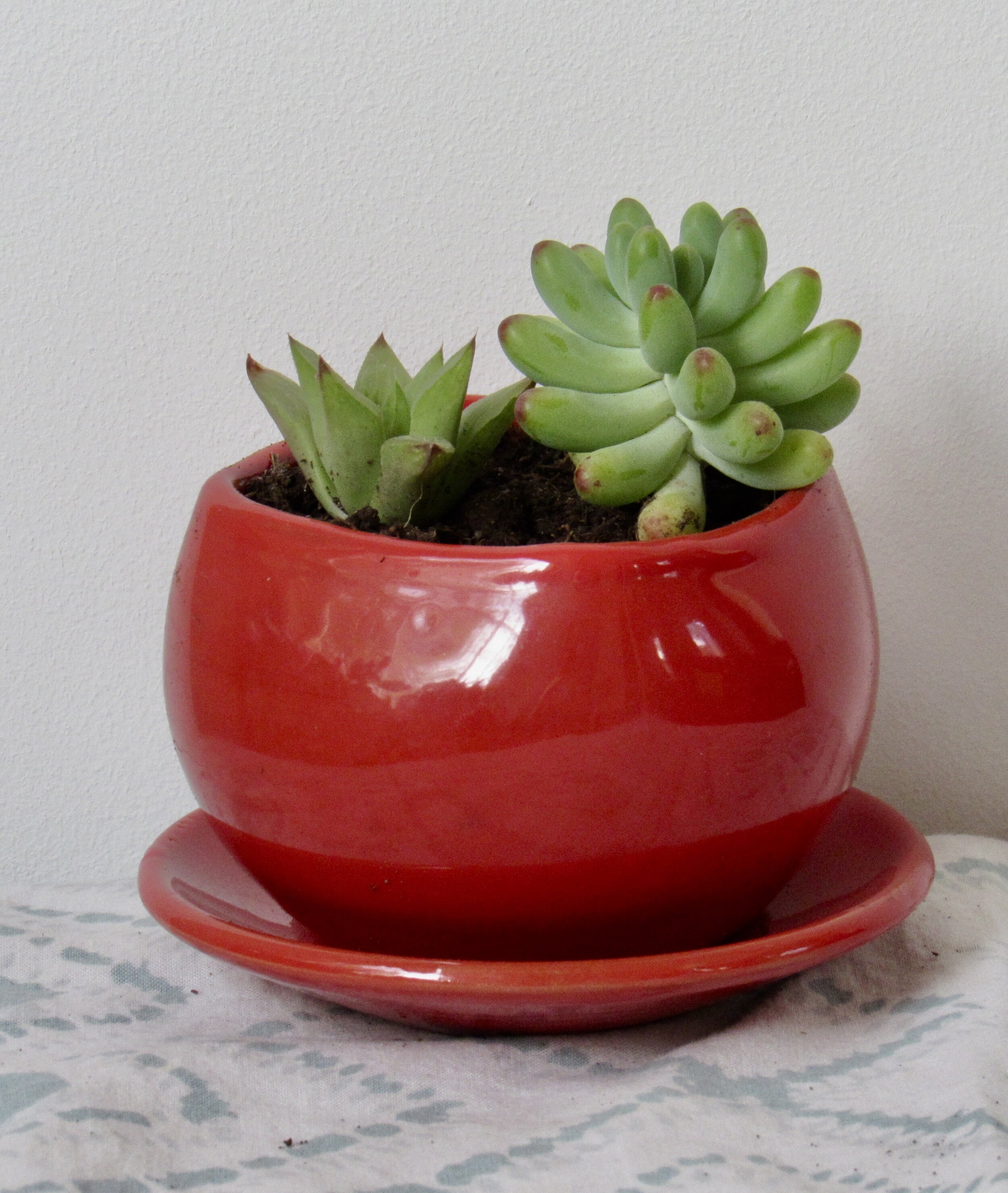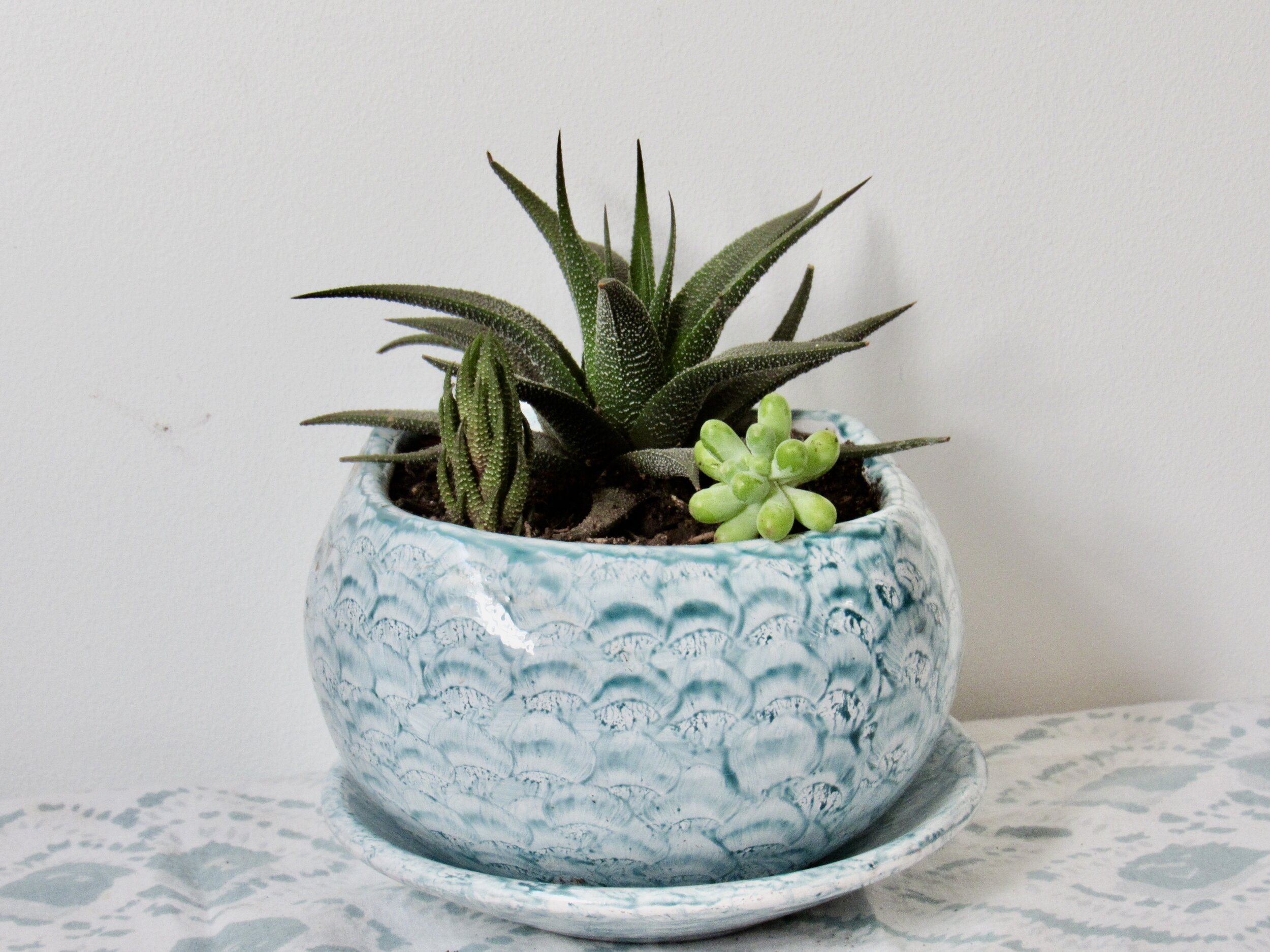Covid in Cusco: Week 32
Sunday 18 October
219 days since Covid arrived in Cusco
The rains have finally arrived! I woke up to a rainy morning in Urubamba, the kind of rainy morning that makes me hum the lyrics “I’m only happy when it rains” by Garbage. Being born in Seattle is not the only thing that makes me love rain, the hills around Cusco which have either been either yellow with dry grass, or black with wildfires, will soon be green again.
It was a light, steady rain that hopefully will soak the hills without causing any mudslides. The heaviest rains in the Cusco region are in January and February, when torrential buckets of rain slash through hillsides, washing away towns and hiking trails. Last January 23rd, there was a landslide on the Inca Trail, which killed three porters and left several others injured.
Hopefully, light rains like today will help enough plants grow on the newly burned hills that they will be able to stabilize the slopes before January. If we had the relentless February rains now, there would be devastating landslides, washing away villages and potentially affecting Machu Picchu, since an area near the UNESCO World Heritage site burned just over a month ago.
The family I stay with in Urubamba has a new puppy, named Maya, who was also happy with the rain. First thing this morning I saw her running around the yard and rolling in the wet grass. She just got a bath yesterday and was so white and fluffy, before she decided to go play in the rain. Her wet footprints were in and out of every room that didn’t have the door firmly shut, and most of us got muddy footprints on our shins when she jumped up on us. She hasn’t had much training yet, so I’m glad she’s still so little that her front paws don’t even reach up to my knees.
This is the 32nd Sunday that nobody has been allowed to leave the house, except for emergencies. In March, April, May and June, this was strictly enforced by both police and military, who stopped anybody on the streets to ask what their emergency was. The police and military presence is significantly less now, than it was then, and people’s definition of an “emergency” is broadening. Auqui left the house today to see if he could find an open chicheria to buy chicha. He returned empty handed, saying that all of the shops were closed and nobody was in the streets. Still, he didn’t see any police or get hassled for having left home. Technically, the rules of the lockdown haven’t changed, but the lack of enforcement the past few weeks has certainly changed the situation.
We’re still in quarantine, with an 8pm curfew, but people are increasingly ignoring the restrictions. As long as they keep wearing masks, I couldn’t care less if people are breaking curfew. I’m still staying home as much as possible, maintaining social distancing and wearing my growing array of colorful masks.
Monday 19 October
This morning I left the house in Urubamba with another box of succulents and cactus for my new business Super Cute Plants. The van from Urubamba to Cusco takes about an hour and I made it home with my new plants in time to get online and be “at work” by 9am. Between work emails, I checked the news a bit to see what had happened in the world while I was spending the weekend unplugged in the Sacred Valley. My mom sent me some news about Peru which has made it to global media: a giant cat has been discovered in Peru!
This is not a relative of the sacred Peruvian puma but a relative of the Nazca lines. It’s over 2,000 years old and measures over 120 feet across. That’s not very big, compared to most of the figures that make up the Nazca lines, but it’s really big to have gone unnoticed by archeologists until now. For now, the pandemic has limited me to travel within the Cusco region, but maybe next year I will finally be able to see the Nazca lines.
Tuesday 20 October
Today is my friend Sara’s birthday. It’s one of those days that I realize just how far from home I am. I’m still glad that I moved to Cusco and still glad that I stayed but some days it’s hard. I wish it were easier to go visit Sara for the weekend, like it was when I lived in Seattle. Visiting friends and family is certainly easier from Peru than it was from Bangladesh or Istanbul. It’s also much easier to talk with them from Peru, since I have a one or two hour time difference from most of them. Istanbul was nine hours and Bangladesh, on the opposite side of the world, was a full twelve hours off from home.
Life in Cusco is getting much easier, with so many quarantine restrictions either being lifted or unenforced. The hospitals here have also been making improvements as the pandemic progresses. In the past month, they have increased the number of ICU beds from 28 to 34, but 30 of those are currently occupied. We are up to 41,450 confirmed cases in Cusco city, and 61,659 for the Cusco region. There is still a very uneven 70 percent of deaths being men with women making up less than a third of all Covid deaths in the Cusco region. Only 4 percent of confirmed cases are 19 years old and younger, with more than 60 percent of cases in people aged 31-59.
Reading the news, it looks like the new wave hitting North America and Europe is mostly young people. There are so many differences between Peru and the more developed countries to the north that I don’t think there is any one reason why the pandemic is so different here. Between the poverty that forces people to leave home to find work and the lack of bank accounts that causes long lines at banks to receive government subsidies, lots of people are unable to properly quarantine or follow social distancing protocols. At least in Peru, everybody is wearing a mask. That has been a requirement since April and I am sure has made a huge difference in our infection rate.
On the other hand, I don’t believe that effective contact tracing is actually happening anywhere in Peru, and most hospitals are still understaffed and underprepared. I am determined to be as carefully as humanly possible until there is a vaccine available. I’m not going to let my confidence in the altitude’s effect on the virus and my O blood type to give me enough of an advantage to let my guard down.
In Cusco, we will defeat you coronavirus!!!
Because we are more conscientious and responsible.
I appreciate all of the signs around town about how we need to act with solidarity and help each other stay safe. It really makes a difference in how people treat each other. In such a new and unfamiliar situation, it’s easier to shape or influence people’s actions than with more familiar situations, in which so many of us are already set in our ways.
Wednesday, 21 October
After seeing the tragic news this morning of a teacher being beheaded by a radical extremist in France, I went in search of some positive news. I have now lived in a mostly-Catholic country now for over a year and have started paying attention to what the pope says, kind of like I tried to understand Islamic customs the five years that I lived in majority-Muslim countries. I have to say that the news I see about Pope Francis from Argentina is not what I expected to hear from a pope.
Maybe I have an outdated view of the Catholic church, so I was surprised (and very happy) to see today that the pope is endorsing civil unions for same sex couples. It’s not the same as the hard-won marriage equality that we finally got in the US, but it’s certainly a step in the right direction. The last time the pope surprised me was when he denounced capitalism and called racism “a virus that quickly mutates and, instead of disappearing, goes into hiding, and lurks in waiting.”
When I talk about the racism of the US with Peruvians, they tell me about Peru’s own issues with racism and even slavery. Slavery of people stolen from Africa was not as prevalent here as in South American countries like Brasil, but that is definitely a part of Peruvian colonial history, too. More recent, and more prevalent, was the enslavement of indigenous Andean people. People weren’t bought and sold, like the slavery in the US, but they were certainly treated like property and worked like slaves. Slavery was certainly worse than the encomienda system, but slavery also ended much earlier.
Landowners in Peru were not required to pay their laborers until the Agrarian Reform in 1969 and farm workers couldn’t even own land until that year either. Slavery, under another name, existed in Peru through the 1960s! Before the Agrarian Reform, laborers didn’t have the right to education or health care. Not all were farm workers, and many were forced to work in mines. The archaic system, based on how Spanish conquistadors treated indigenous peoples, was horribly cruel and only small improvements in treating people humanely were made before 1969.
It blows me away that such a system actually survived until the late 1960s. How did people accept that kind of treatment for so long? Why wasn’t there a revolution or even effective protests before then? How did a country that was home to the most powerful empire of South America get taken so low? Colonialism was horribly destructive in hundreds of countries around the world, but it still shocks me that the class system established by the Spanish survived so intact for so long.
Thursday, 22 October
Since I voted last week, I’ve been checking the Track My Ballot page of the Washington State elections website. Every day for the past week it has been recorded as sent, but not received. I finally couldn’t stand the suspense and emailed Thurston County Elections again today, to ask if there was a problem with my ballot. I got back a reassuring reply that they are receiving “a large number of online submissions” which they are processing in batches. If next Monday my ballot isn’t marked as counted, then I should email again.
The more I read about the long lines at early polling stations and difficulties with mail-in ballots, the more it seems obvious to me that the United States cannot accommodate all citizens voting. Each polling station has been run for decades based on the average number of voters at that station over the past couple years. Voter turnout varies, but is never close to 100 percent. If every eligible voter actually voted, it would break the system. There is something very wrong with a system like that.
I think that if the US wants to call itself a democracy, then we should do a lot more to help people vote. When I tell Peruvians that in the US one of the things that prevents people from voting is that many work long hours and it’s hard to go to a polling station for most people who get paid hourly. It actually costs them money to take time off to go vote. Voting day is a national holiday in Peru, so even if it wasn’t mandatory, it would be hard to have an excuse to not vote.
It’s no secret that I voted for Biden & Harris - especially if you saw my ballot on Instagram. So, I have to say that Biden & Harris have proposed to make Election Day a national holiday. I would also like a federal law that required employers to allow employees time to go vote without any penalties. Wouldn't that make sense? There’s something about living in a country where voting is mandatory that has given me a new perspective on the elections system in my own country.
The pandemic has obviously forced the issue of allowing people to vote from home, or to vote early. My perspective on that was already set by voting by mail for five years in Seattle. Nobody freaked out about voter fraud in Washington state those five years. I never read about any issues with voter fraud in the elections for which I voted by mail. Why is this now an issue for other states? Why didn’t they just look at Washington’s system back in March or April and copy it then? It’s disheartening that the bitter political divide is affecting people’s right to vote.
Super cute plants!
Having never started a business before, creating Super Cute Plants has been an “opportunity for growth.” I learned a lot from co-creating and mostly running the Covid Relief Project and I hope that experience will help me with Super Cute Plants.
Friday, 23 October
I’ve been really busy, which is good, considering how many people are unemployed in Peru and around the world. Staying busy keeps my mind off the pandemic and the political disaster and contentious election back home. Still, sometimes I feel like I’ve bitten off more than I can chew. Auqui has decided to start his own trekking agency and I volunteered to help with the English translations on his website.
This means that I’m not only starting my new business Super Cute Plants, I’m also helping to start Responsible Treks Peru. I’m also still working part time for the other trekking agency, online from 9am to 1pm and I’m still heading up the Covid Relief Project and writing this weekly blog. So, that’s starting two new businesses, running a non-profit, working part time and trying to keep up with the writing that I actually want to do. It’s kind of a lot.
Most of my Peruvian friends are jealous of everything that I have going on. Since most of the people I know here used to work in tourism, they have been out of work since the government shut down the country and put us in serious lockdown quarantine on March 15th. Considering that there are so few tourists during the rainiest months of January and February, most of them actually haven’t worked since the Christmas holiday season.
I would much rather be too busy, and have too much on my plate, than be sitting around with nothing to do.


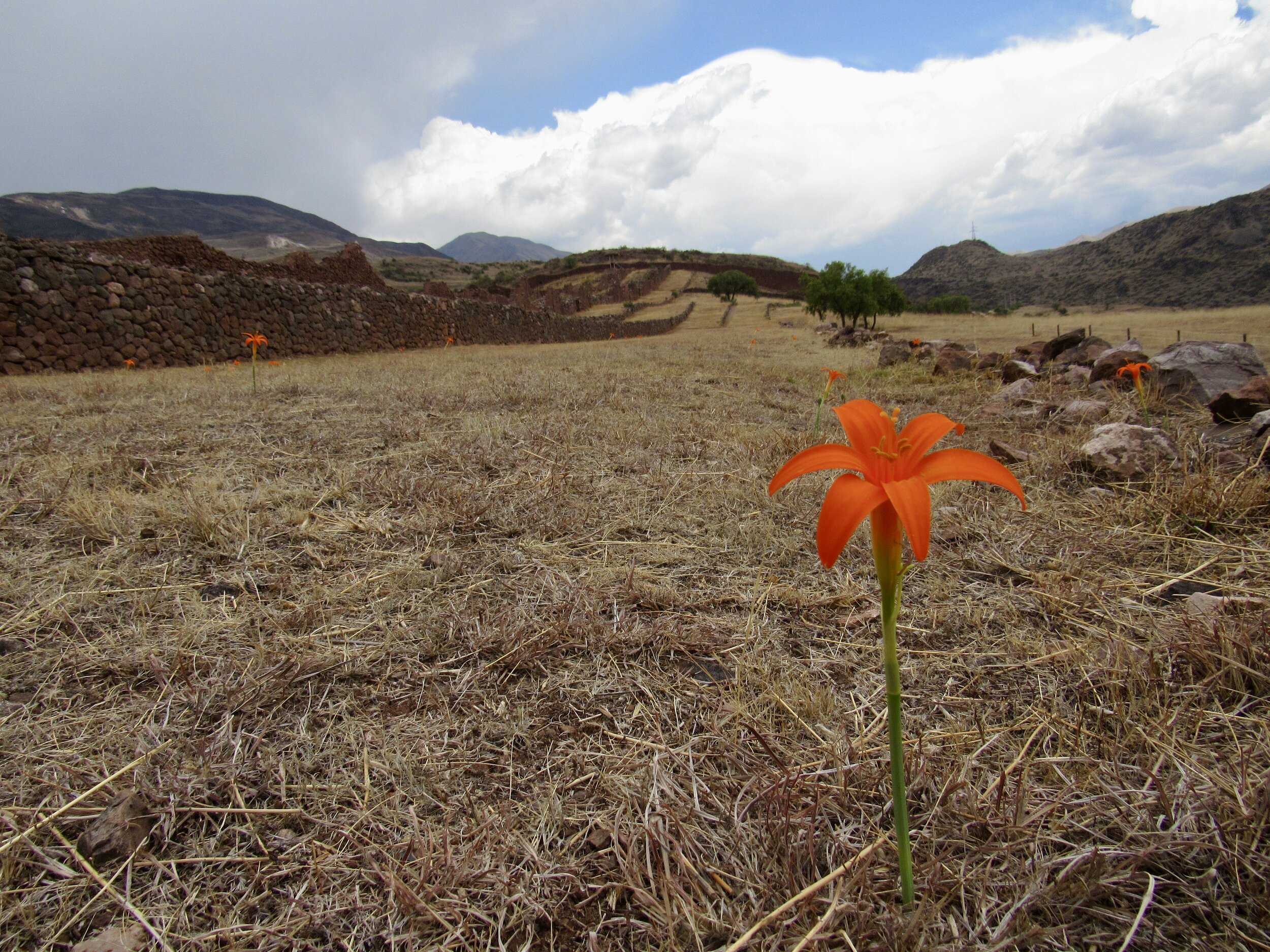
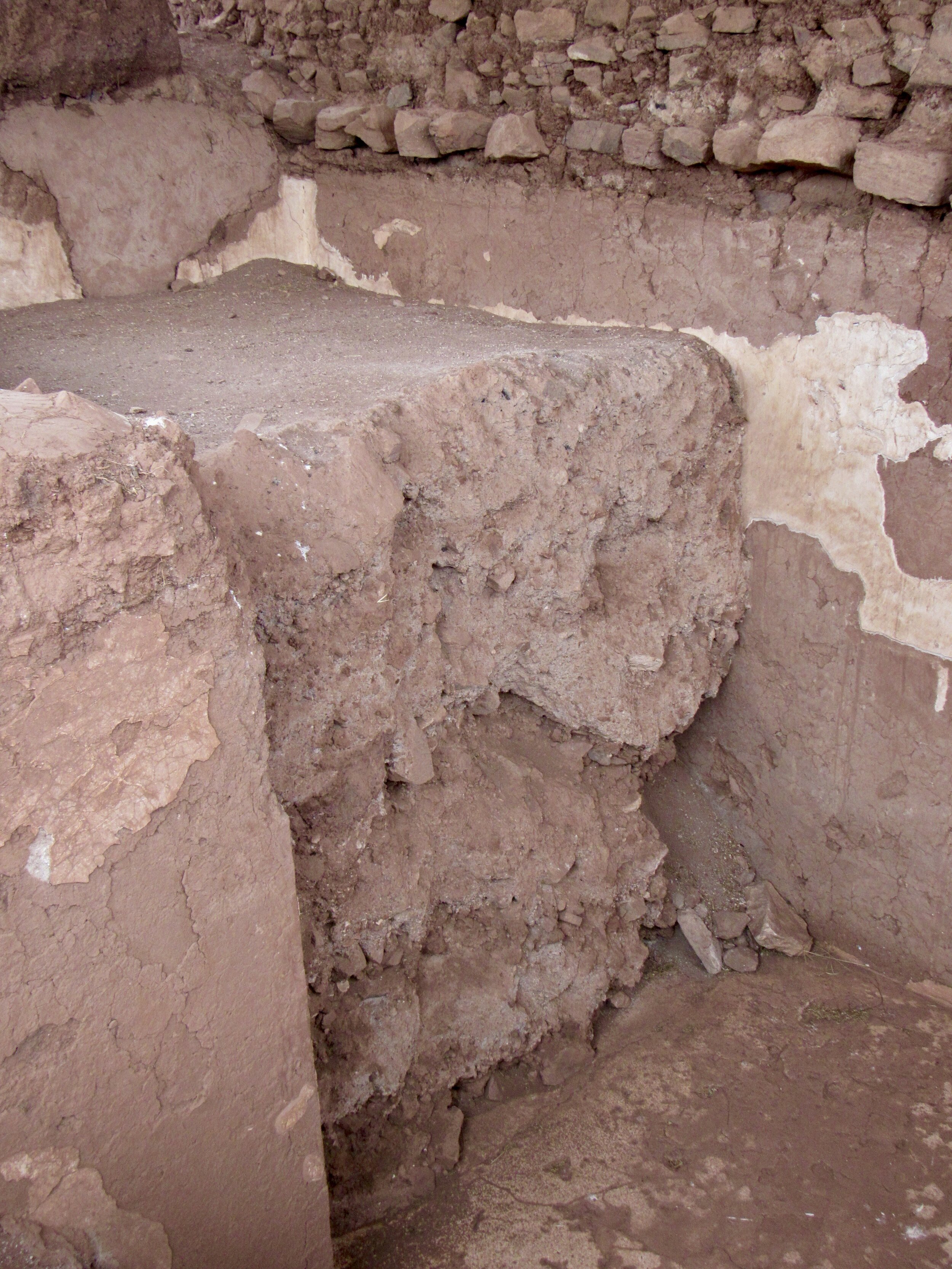
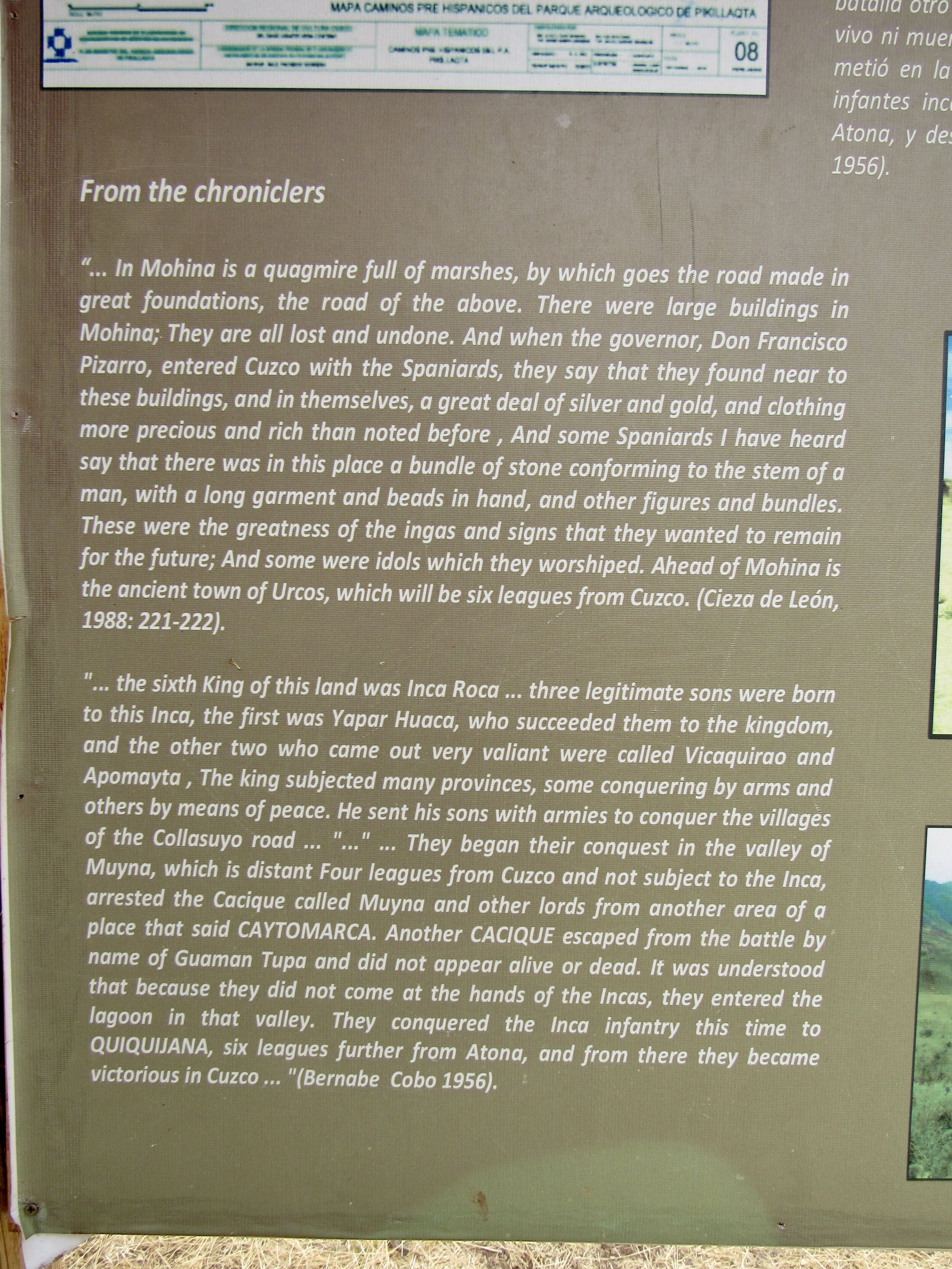
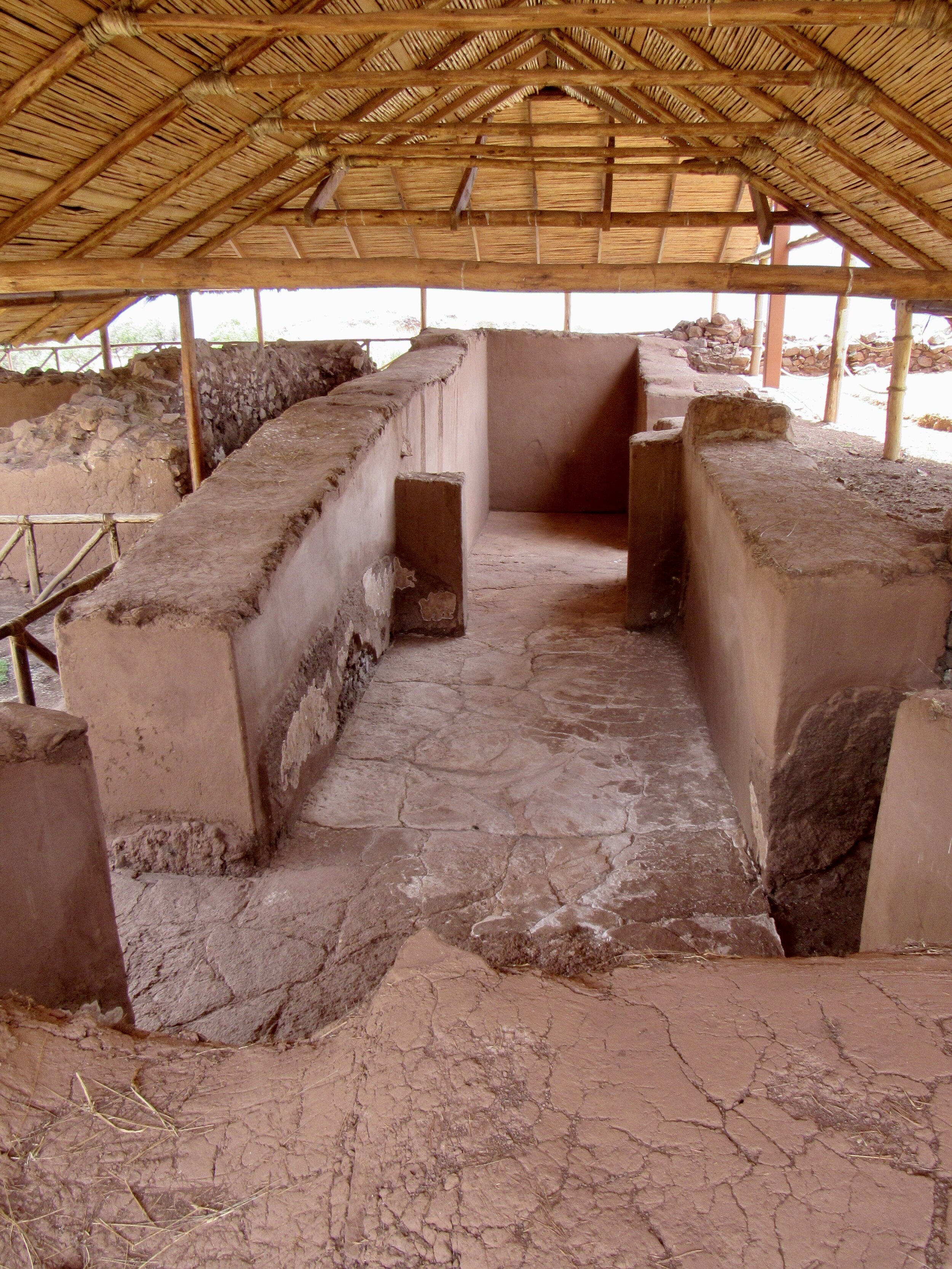
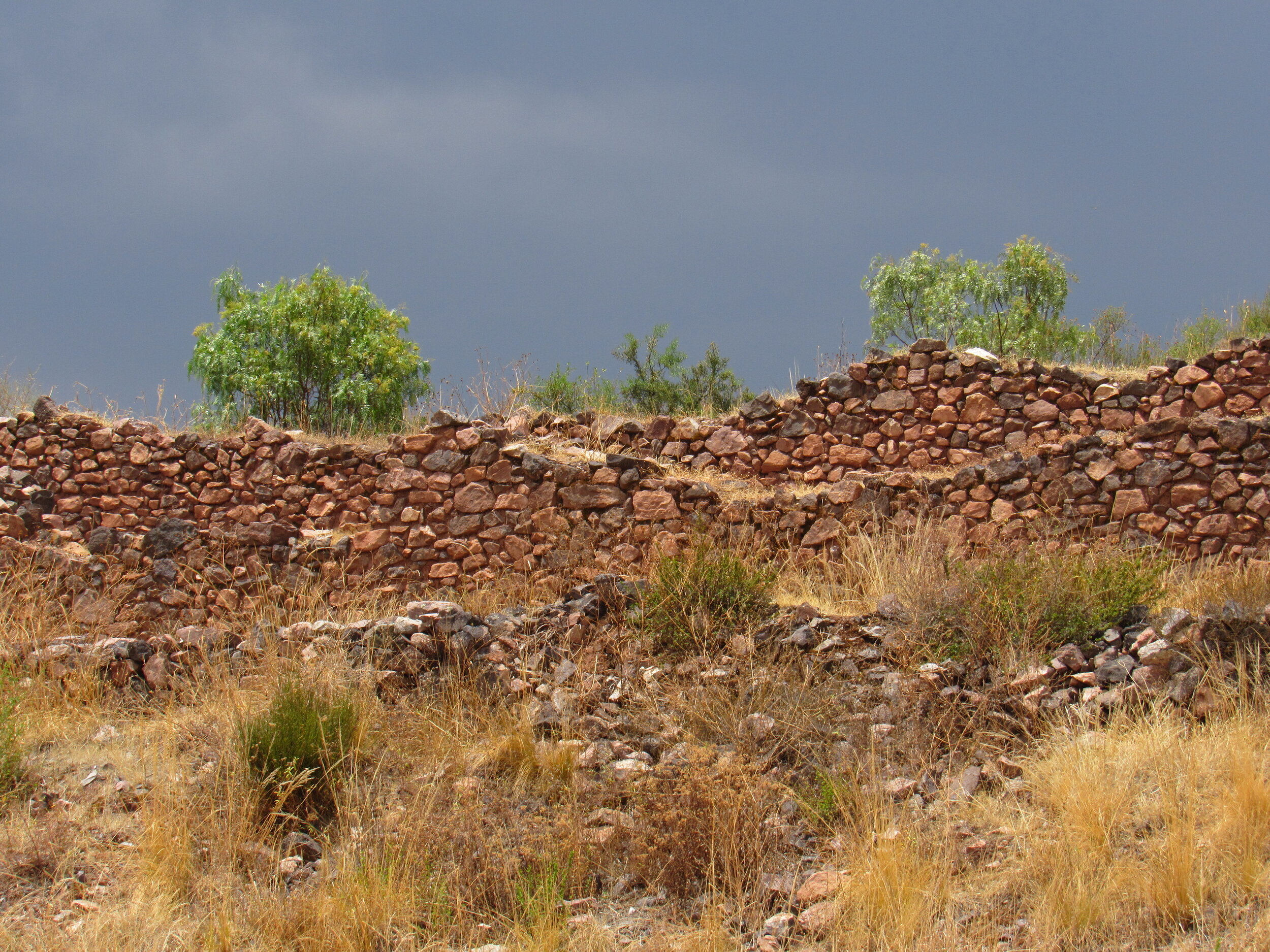
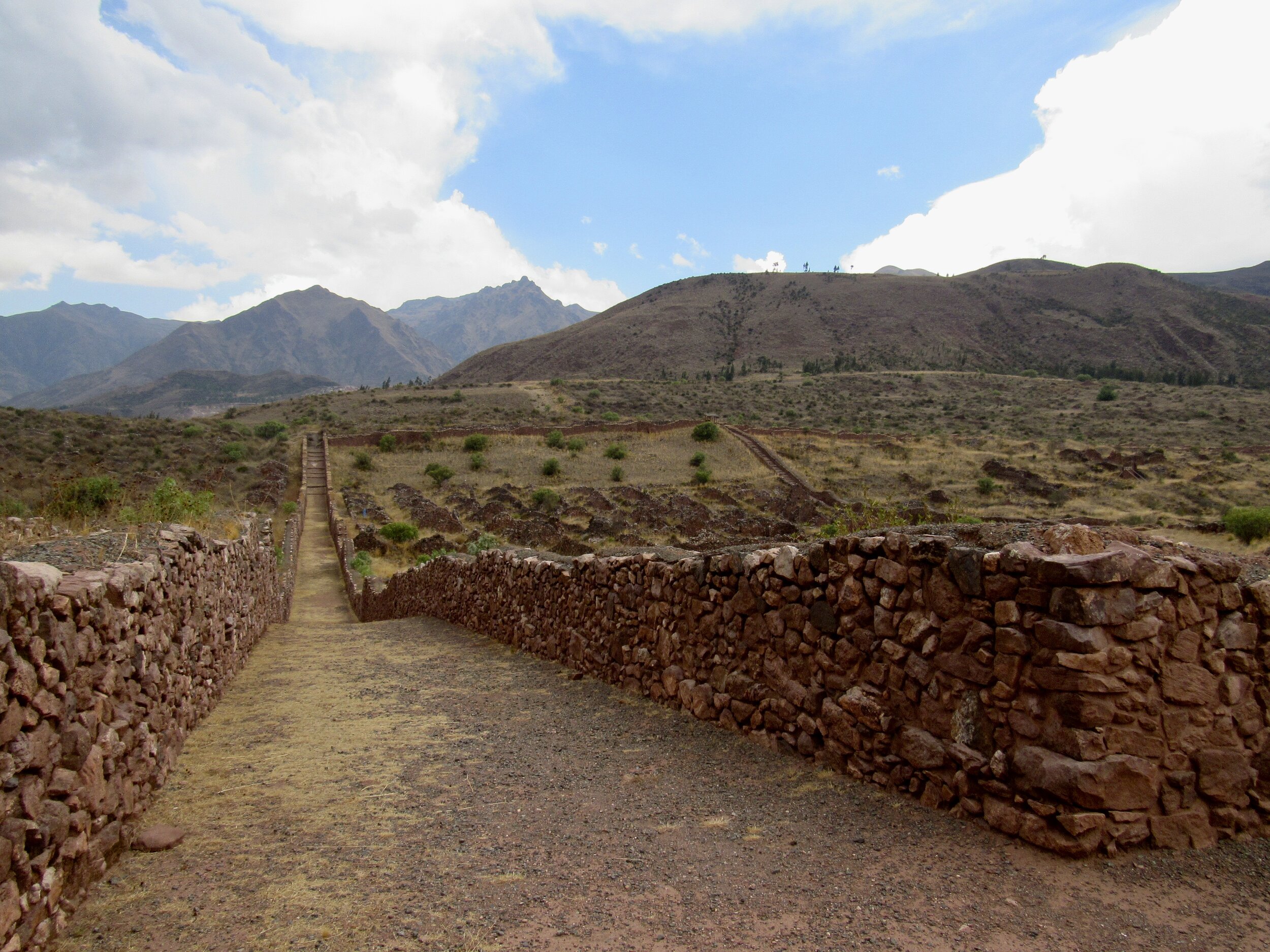
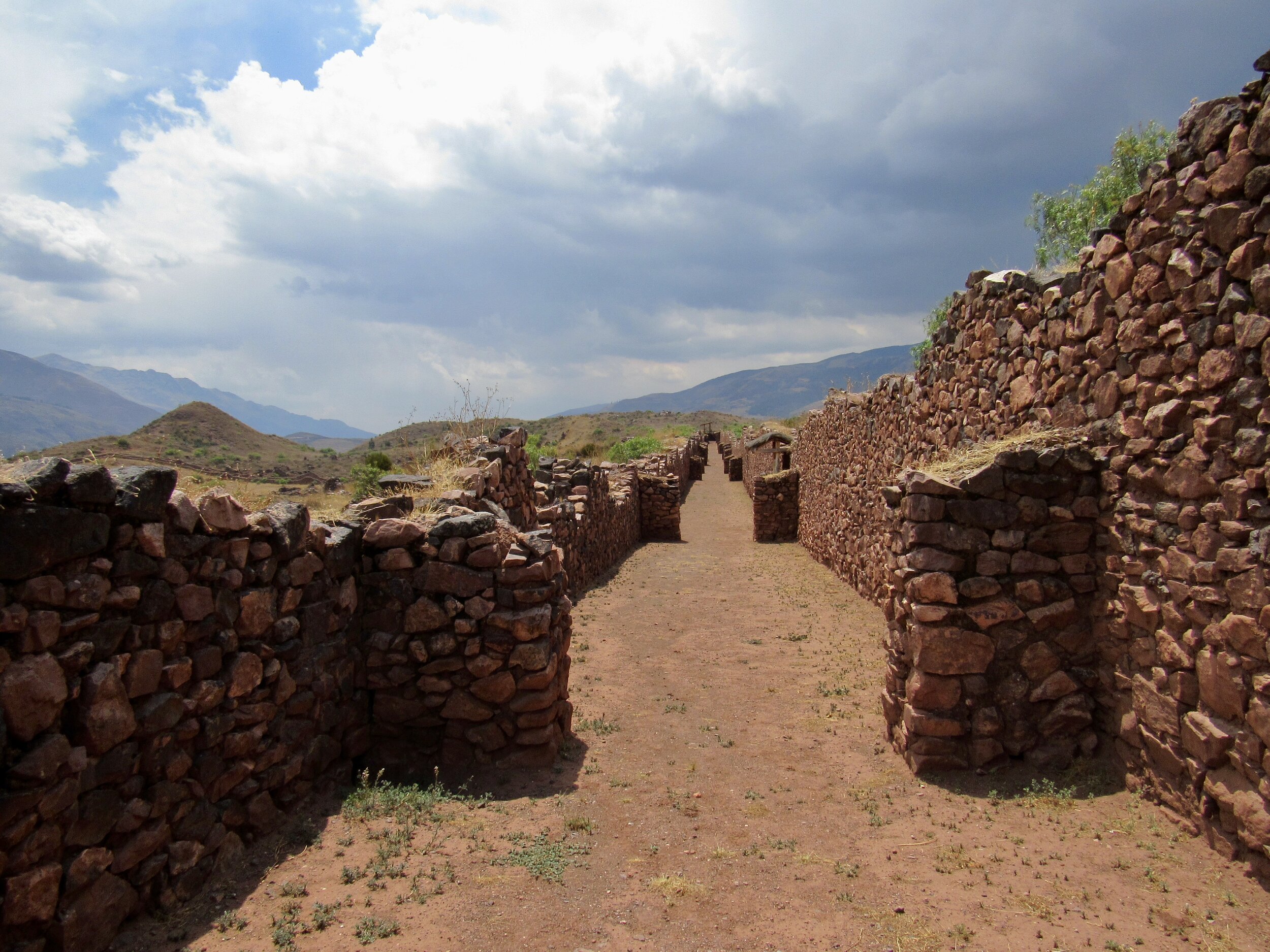
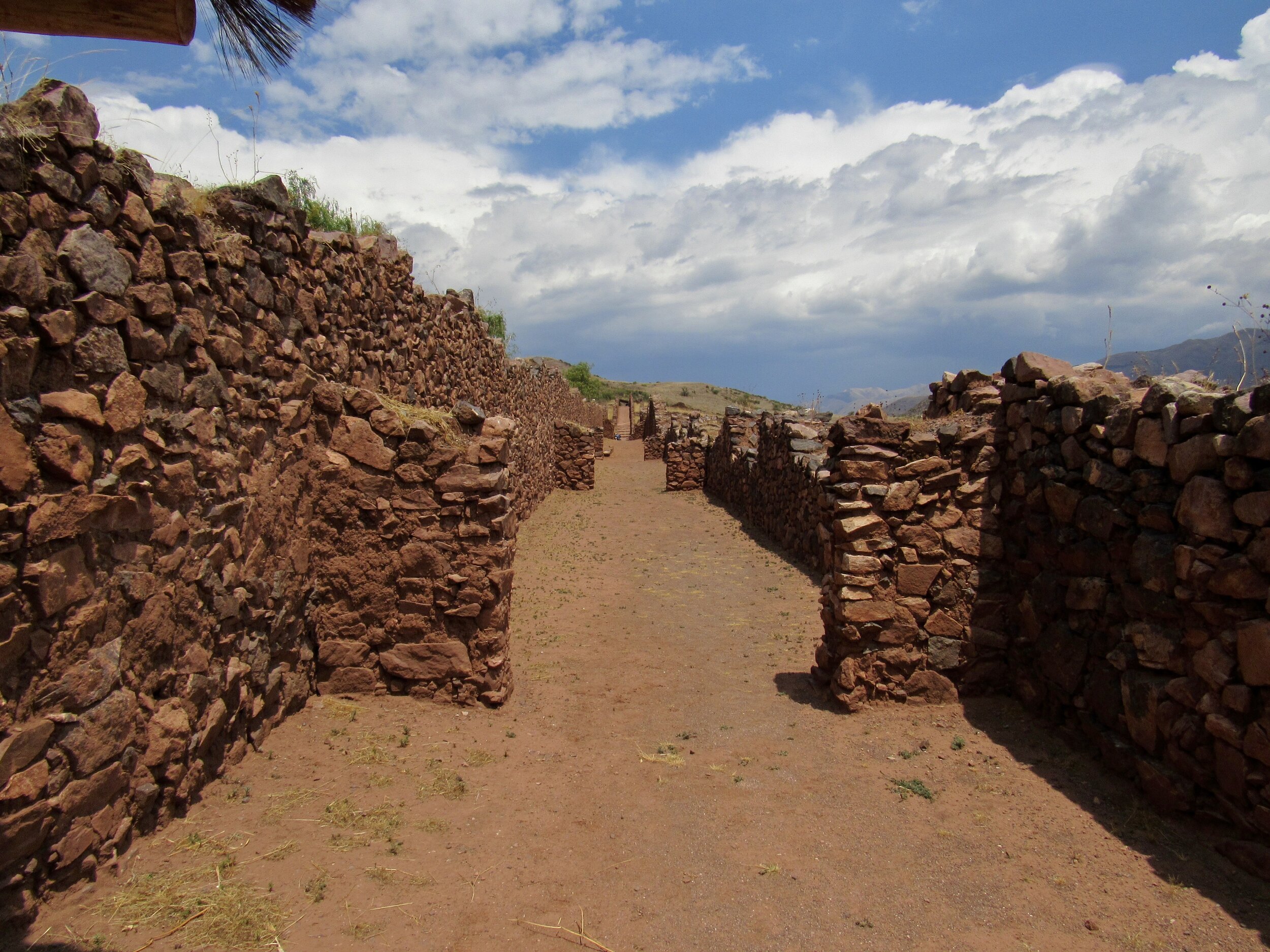
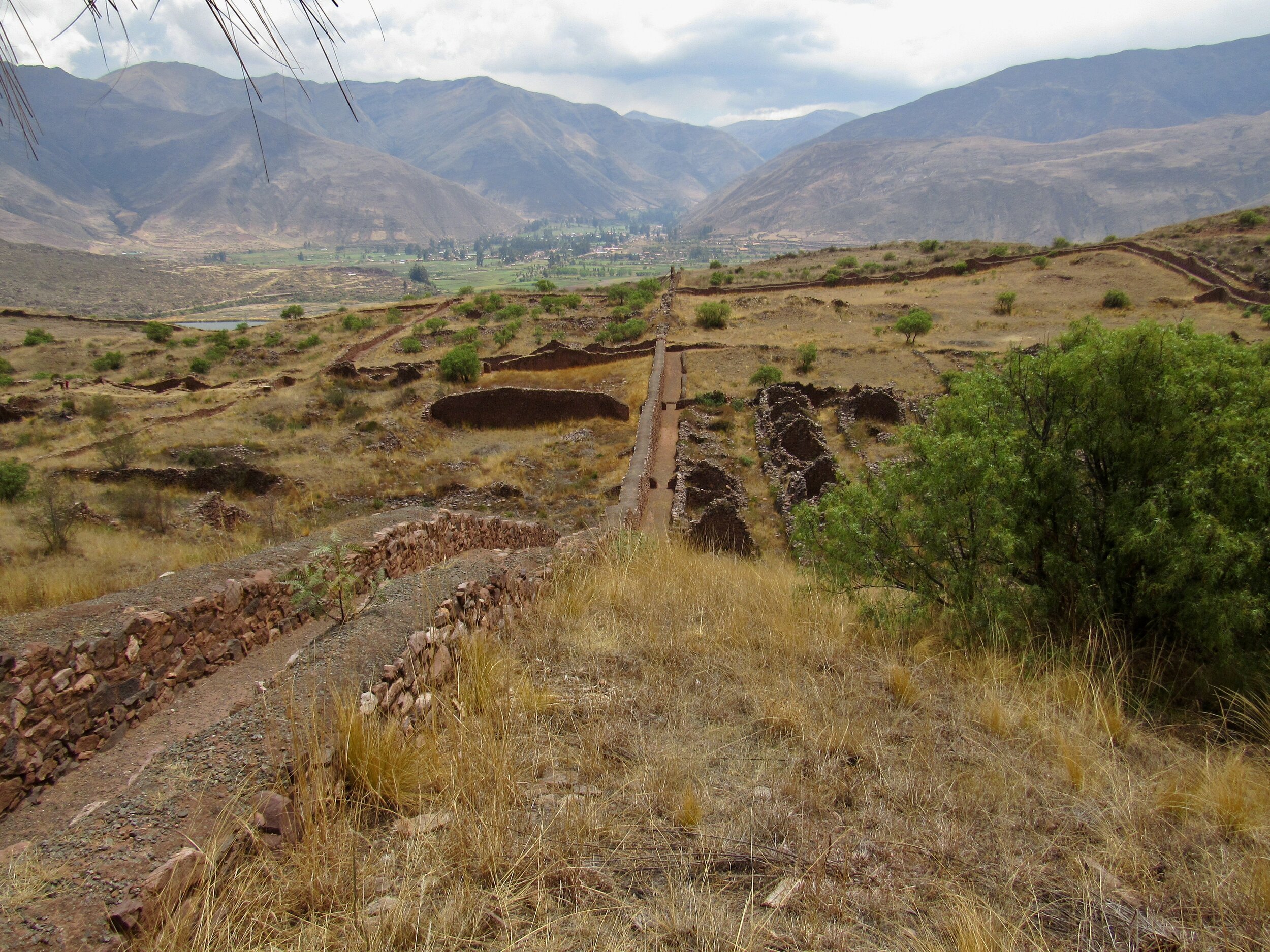
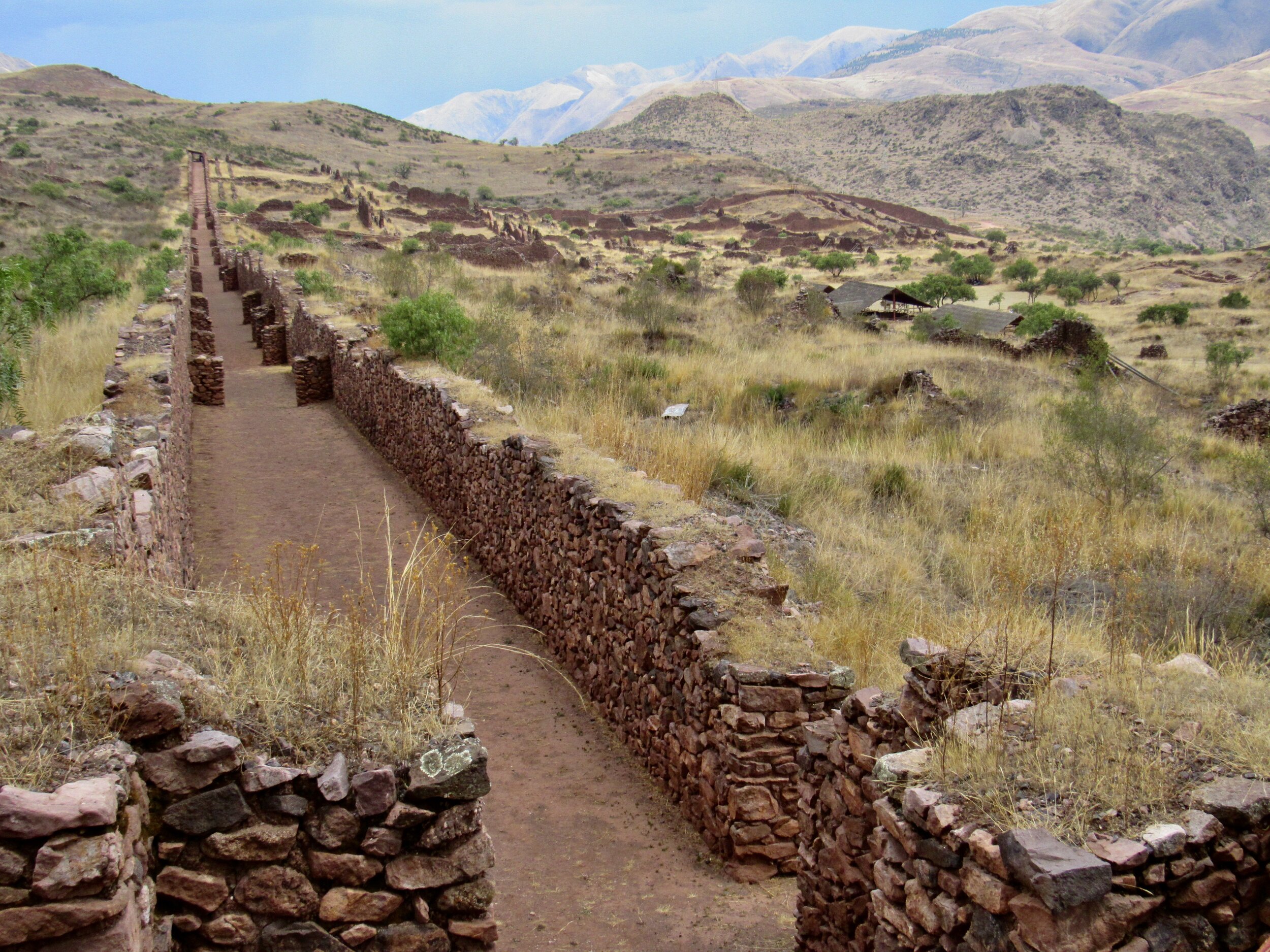
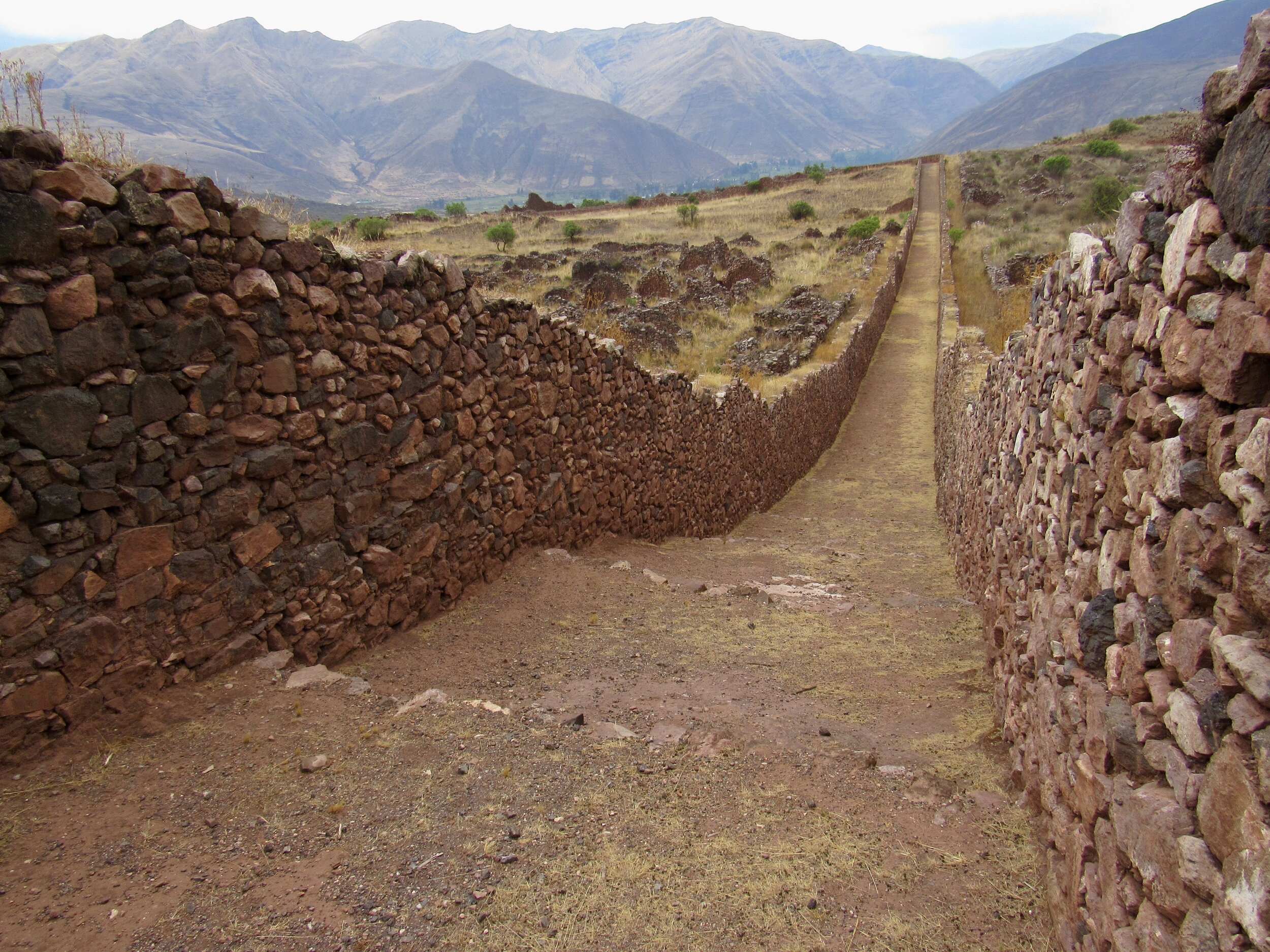
Saturday, 24 October
Today I went with a few friends to see the archeological site of Piquillacta. It’s south of Cusco, on the road towards Puno and Lake Titicaca. It’s across the valley and up in the hills above the Huacarpay marshes, where I went bird watching during week 23. We could actually look down on Huacarpay but we were so far away that even with binoculars there was no way to see any birds.
To get to Piquillacta on public transportation, take the bus to Urcos and ask to be dropped off at Piquillacta. It’s super easy and the bus only costs s/5 Peruvian Soles, which is about $1.40 USD. From the road there is a ten minute walk up a dirt road to the entrance of the park. Archeological sites are finally officially open, after being closed for over six months, and they are free at least through November. The government changes its mind on things often enough that I feel like I should visit as many sites as possible now, just in case they change the rules again.
Piquillacta is a very extensive site, which was originally built by the Wari people, hundreds of years before the Inca took control of the Cusco region. The stone walls and buildings are much more rustic than structures originally built during the Inca civilization. The Wari people were replaced by the Tiawanaku, who were based on the shores of Lake Titicaca. Then the Tiawanaku were absorbed by the Inca.
Since the construction was much more rustic than Inca construction, most of the walls have fallen down. Almost all of the walls that you can see today are restoration, built back up after falling down for centuries. The only walls that are still intact are ones that were buried by hundreds of years of dust and plants filling them. The ones that have been excavated still have smooth floors and walls, coated in many places by the original gypsum plaster that was used long before the Spanish conquistadores showed up.
The main outside walls are a double wall construction, with pathways inside. We walked the perimeter of the archeological site, partly admiring Piquillacta itself and partly watching a spectacular lightning storm just to the north of us. It looked like it was heading west and would miss us, but it was close enough to see the heavy sheets of torrential rain that accompany lightning storms here. I have never seen dry lightning here, especially not the kind we can get in the western US. It’s a good thing too, since we have enough wildfires started by people. We really don’t need naturally started fires also.
After visiting the main part of Piquillacta, we walked across the highway and south for another ten minutes or so to see the main gate that blocked entrance to the valley for thousands of years. It is a massive wall, with two doorways, that was also built by the Wari. Part of this construction actually has original Inca stonework, massive, perfectly carved blocks framing the two doorways. The wall seals off access to Cusco from the south and would have been very effective protection from anybody coming north.
This is as far south as I’ve been in Peru and am itching to see the town of Puno and Lake Titicaca. I really don’t think that I’d feel comfortable on the busses that have recently started service between Cusco and Puno. Even with masks and face shields, those busses have sealed windows, without the kind of ventilation system that makes airplane travel somewhat safe. Maybe when the trains are back to normal I’ll feel like it’s safe enough to venture that far from Cusco. For now, I’ll stick with hikes that I can get to in short drives, with open windows.

